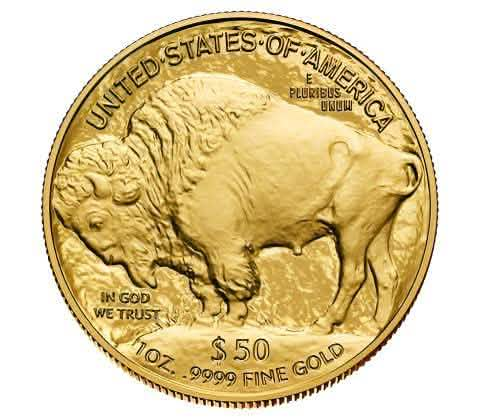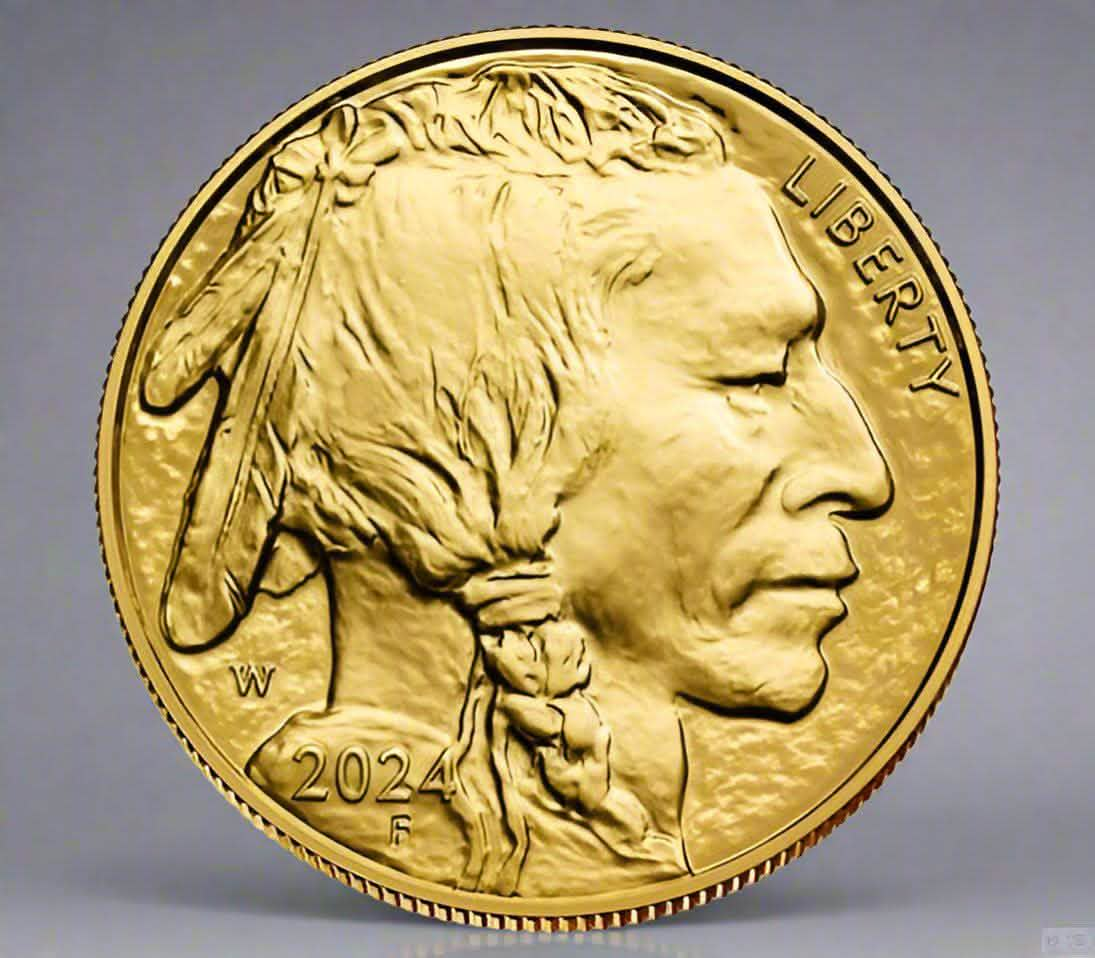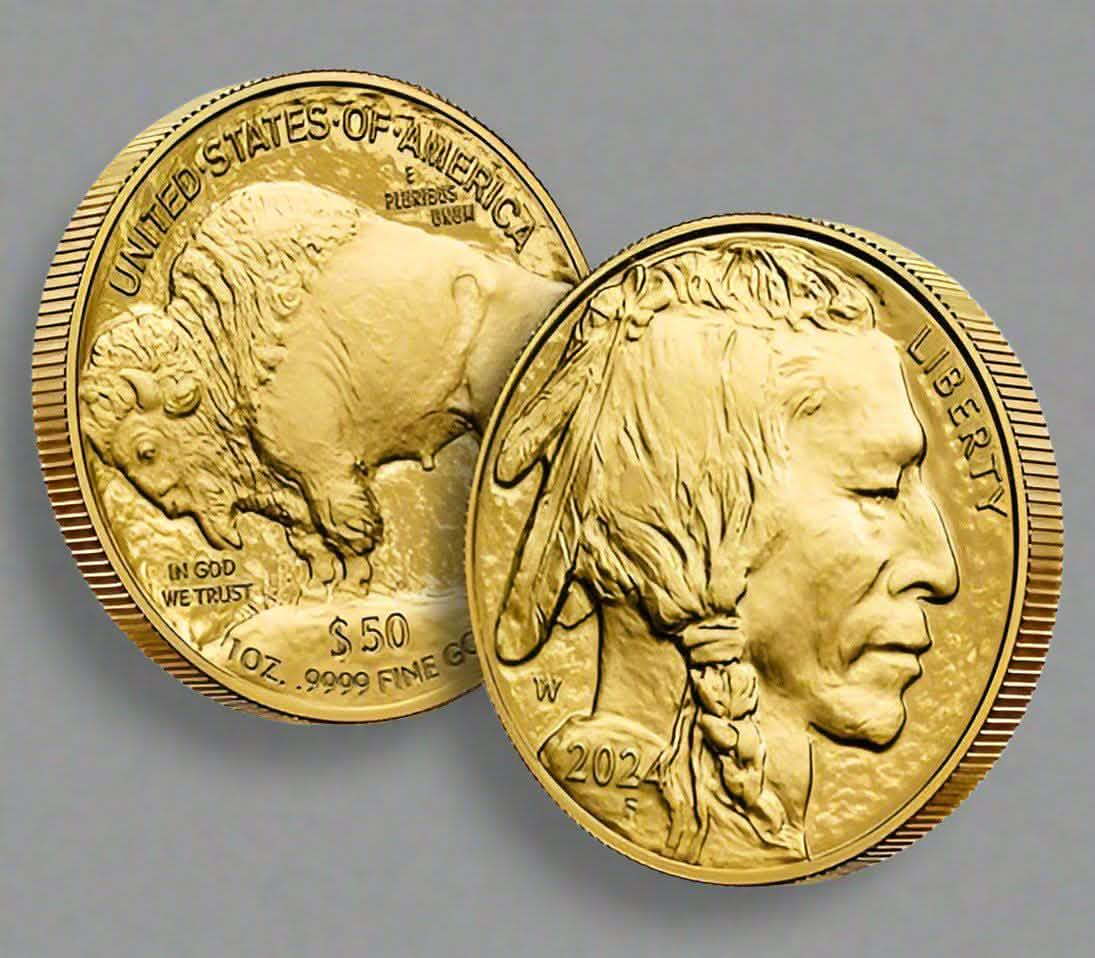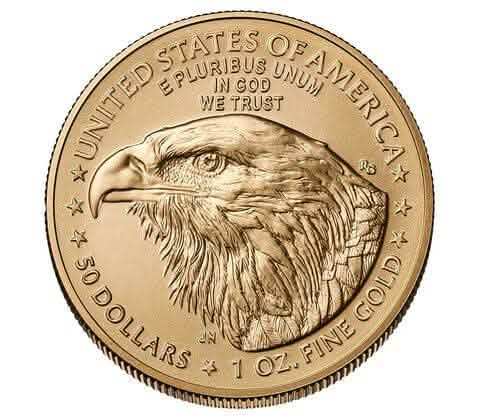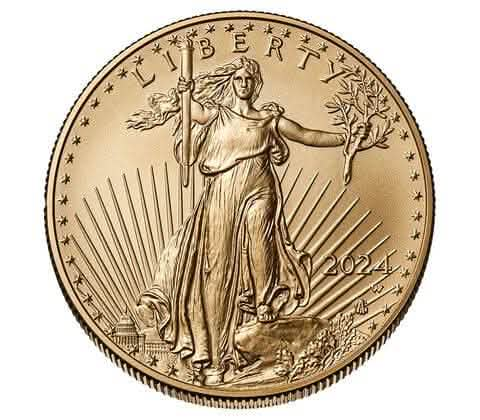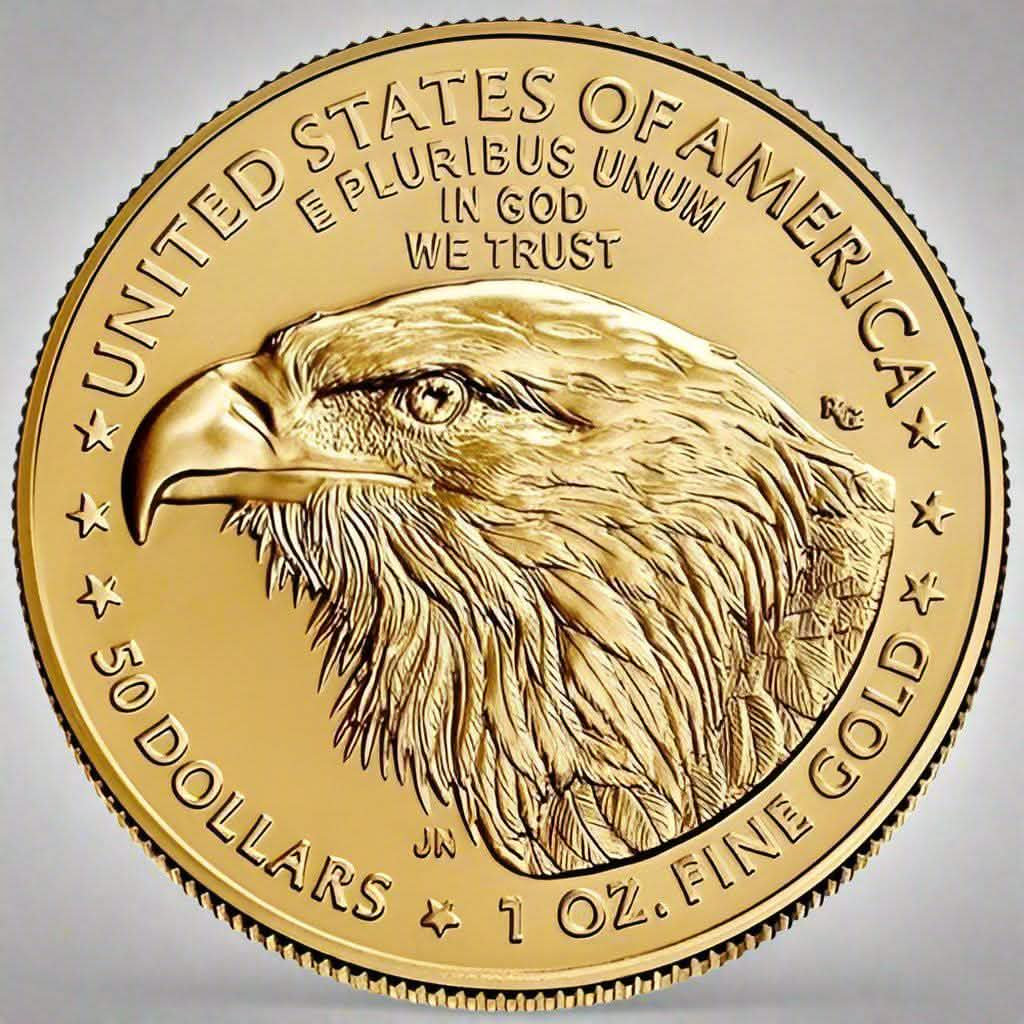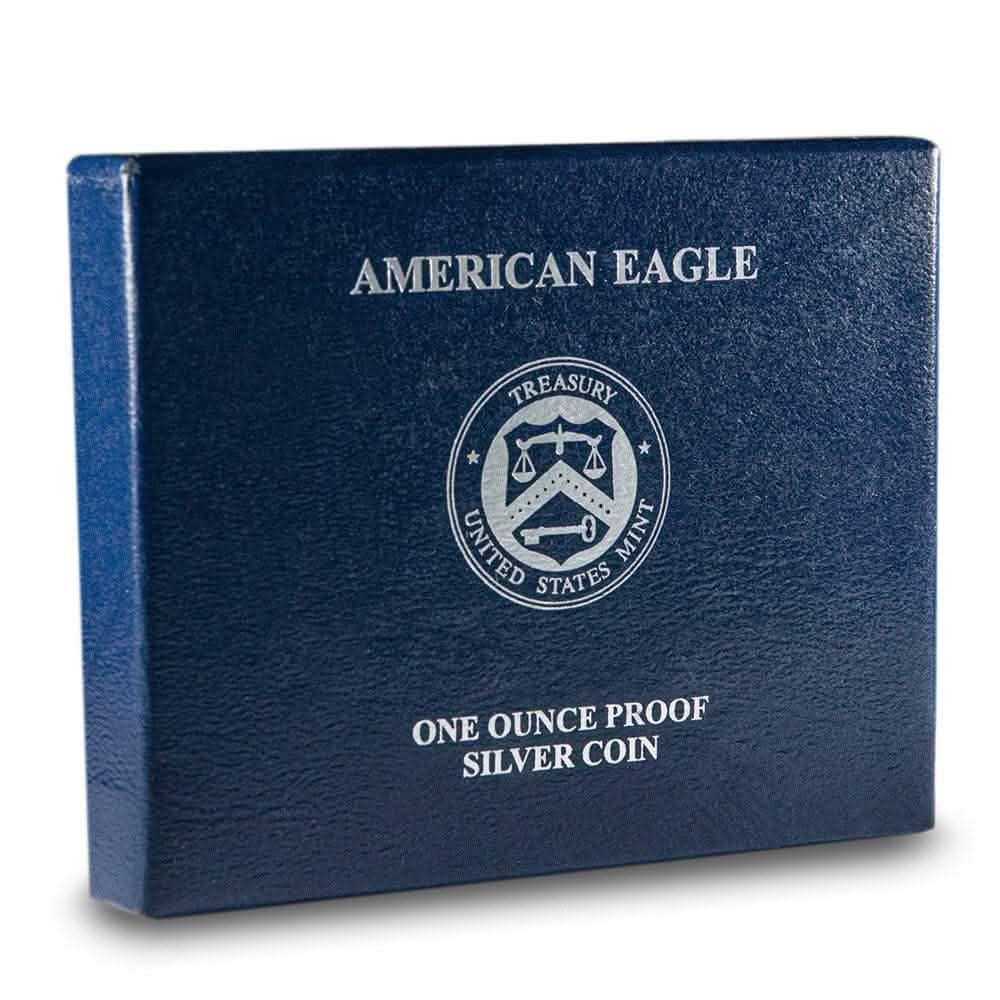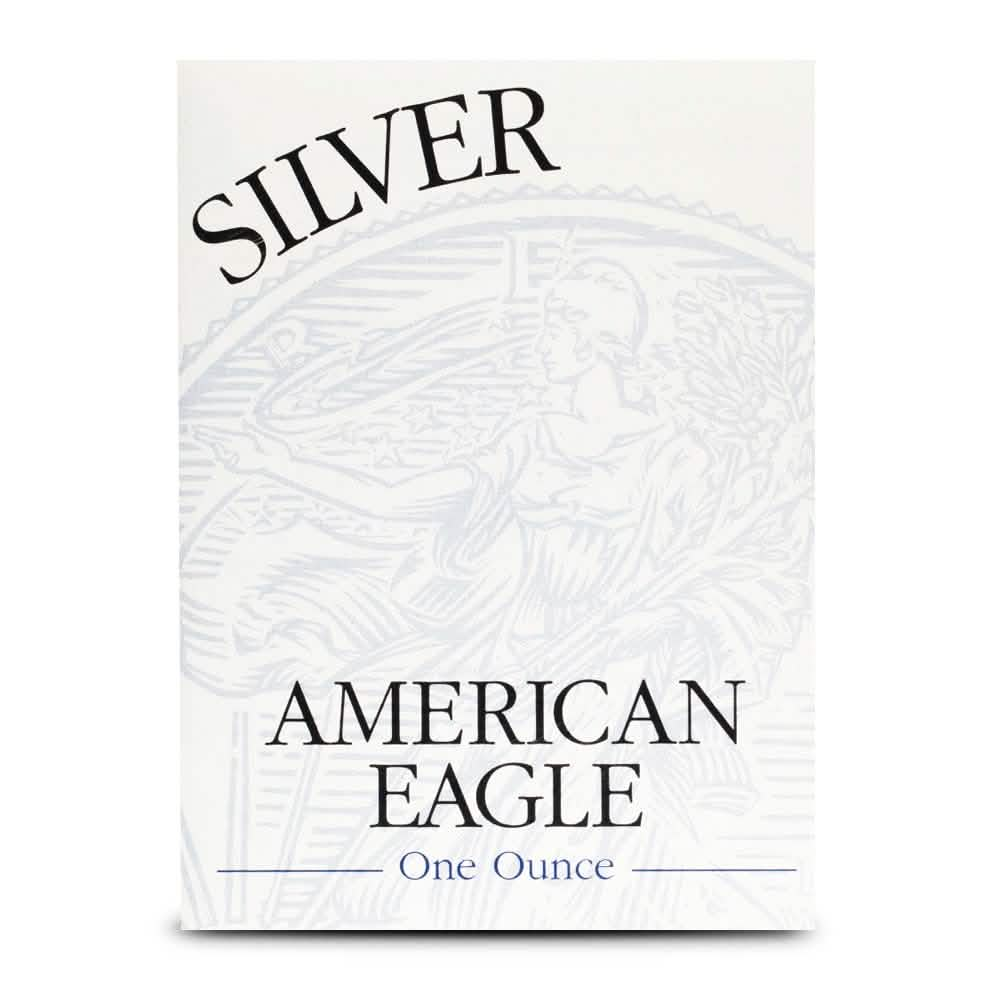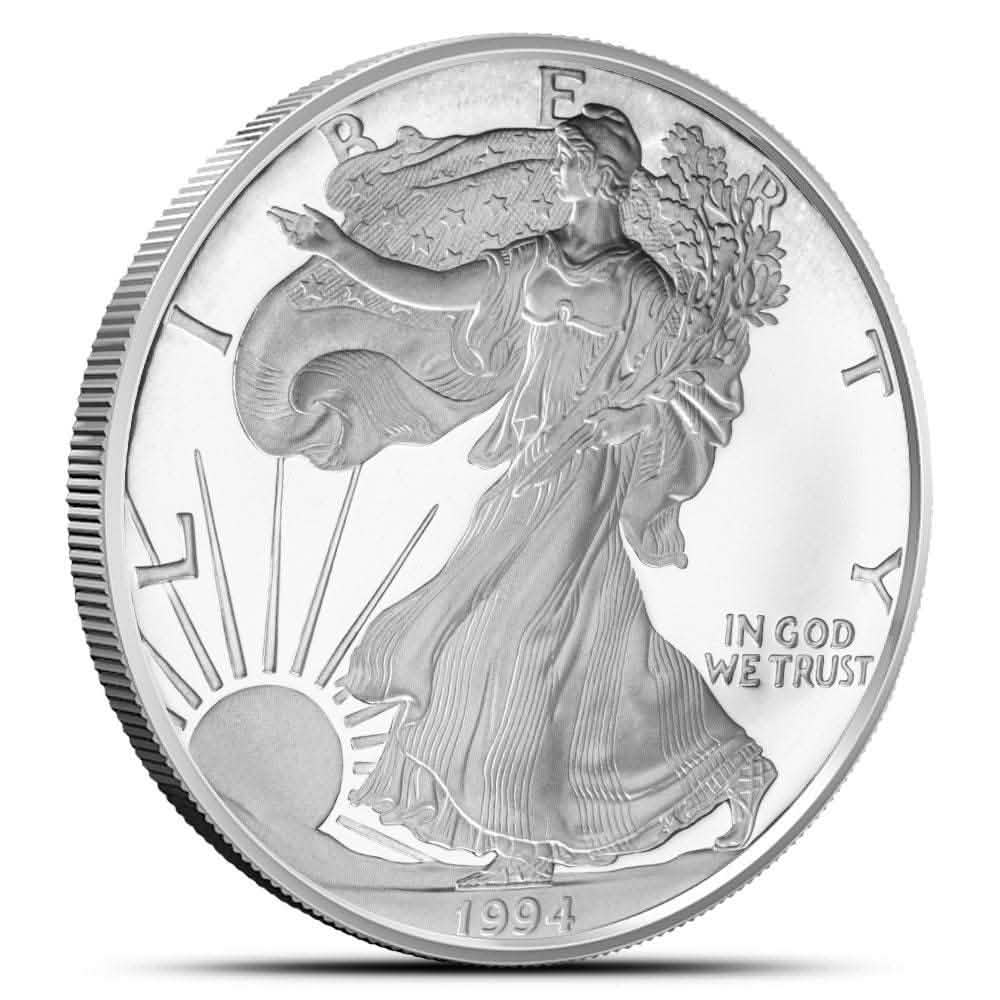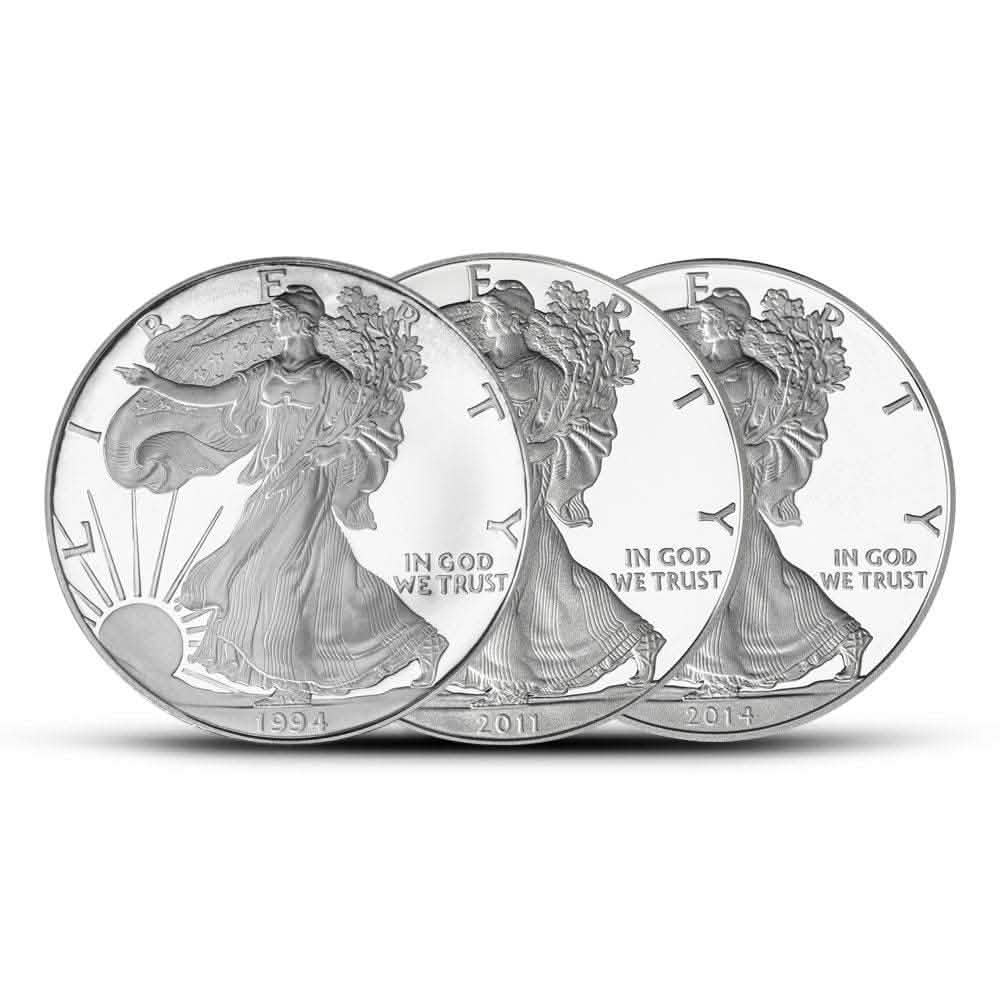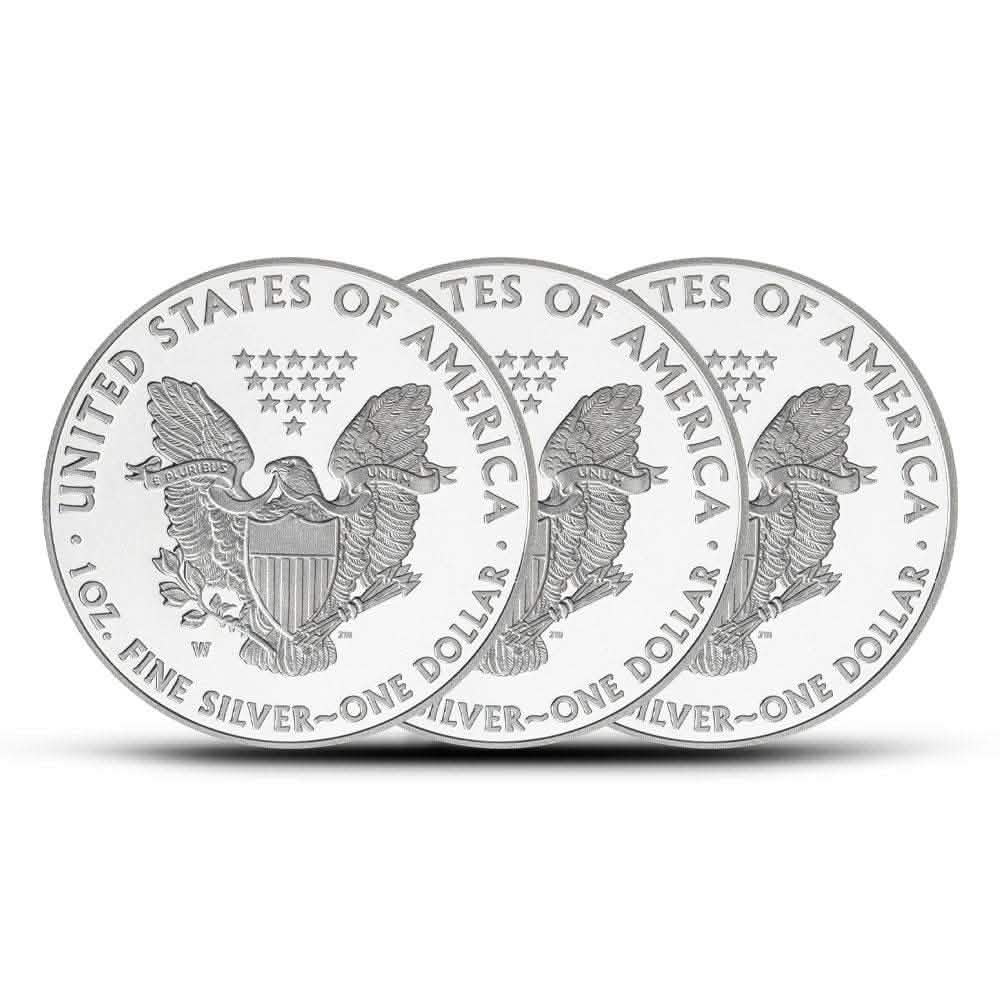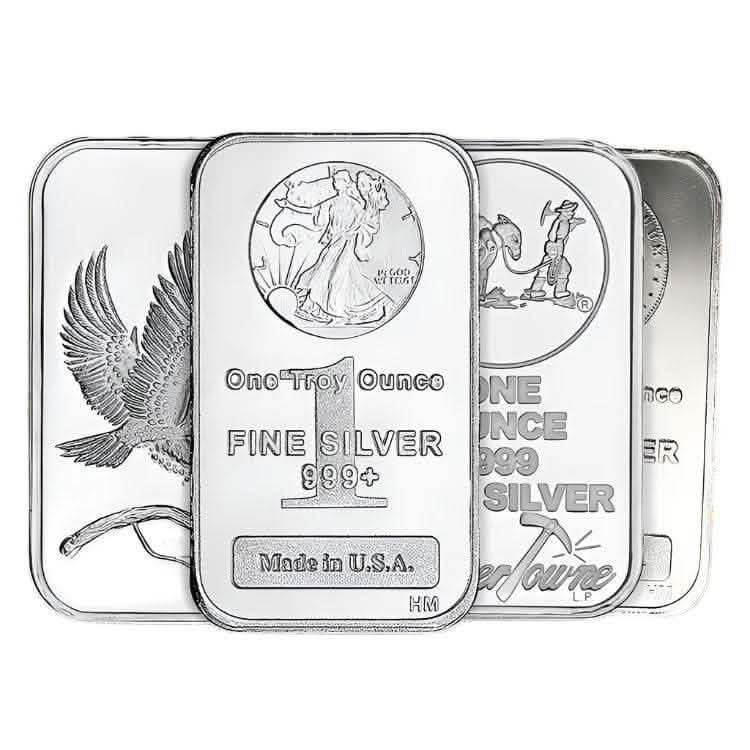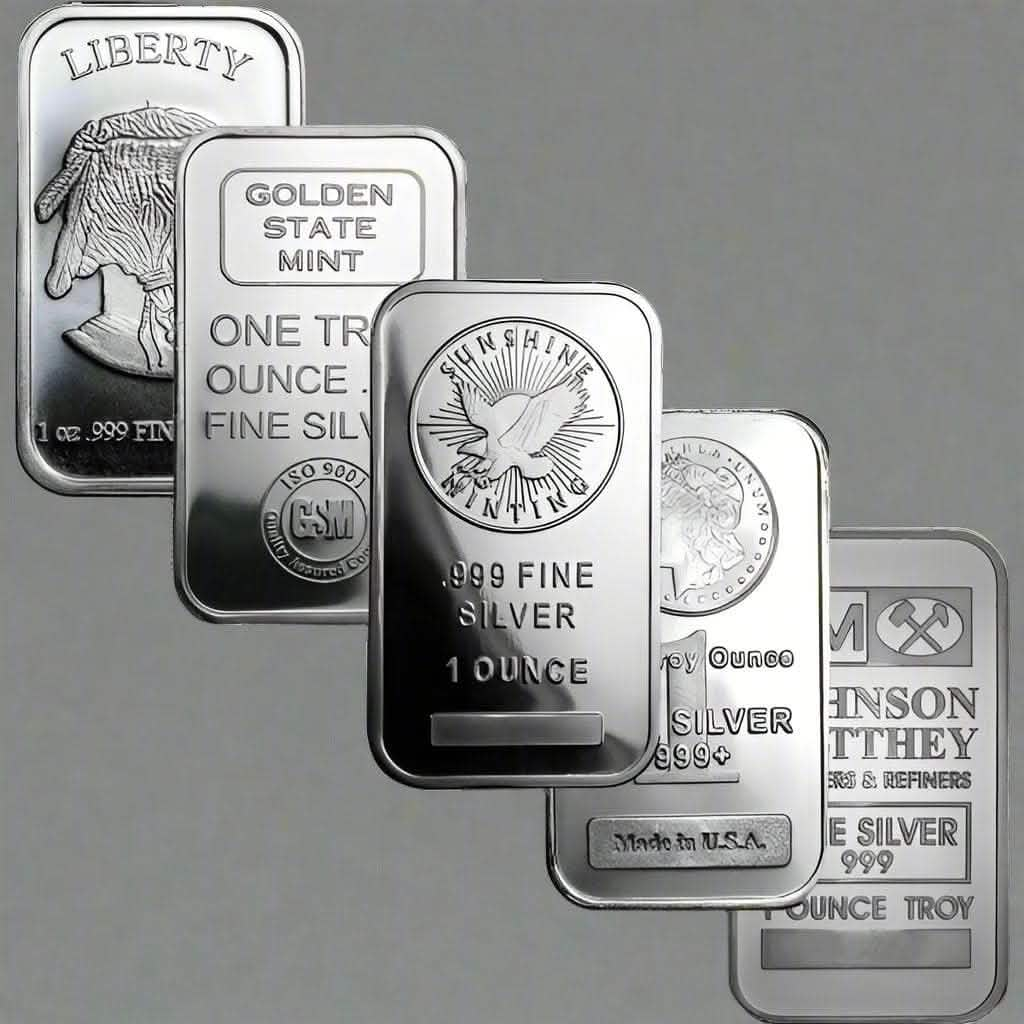Regarding rare coins' breathtaking craftsmanship and historical value, one stands taller—quite literally—than the rest. The largest gold coin ever made is not only a masterpiece of design and precision but a compelling artifact that represents the enormous potential of numismatics to transcend simple monetary value.
From its inception to its current status, this extraordinary gold coin is an icon in the numismatic community. But what makes it so unique? This post will explore everything you need about the largest gold coin, including its history, features, value, and impact.
A Brief Introduction to the Largest Gold Coin
The Australian Kangaroo One Tonne Gold Coin holds the record for the world’s largest gold coin. Produced in October 2011 by the Perth Mint, this colossal coin is a literal and symbolic demonstration of wealth, artistry, and ambition. Weighing an impressive one metric ton (2,204 pounds) and measuring over 31 inches in diameter, it immediately dwarfs all contenders in the world of numismatics.
Minted from 99.99% pure gold, the coin is as much a feat of engineering as it is a collector's dream. Beyond its size and material, its intricate design pays homage to Australia’s cultural identity and natural beauty, showcasing a dynamic red kangaroo on one side. Though legal tender, its manufacturing was more a statement of capability and craftsmanship rather than practical currency-based utility.
Currently, it serves as one of the treasures of the Perth Mint, a crown jewel in its collection, and a global icon in numismatics.
The History of the Coin’s Creation
The creation of the one-ton Australian Kangaroo Gold Coin was no mere whim. The Perth Mint, renowned for its history of producing premium precious metal coins, wanted to push boundaries in numismatic innovation. Produced as part of the Australian Kangaroo Gold Bullion Coin Program, this coin complemented existing smaller coins in the series and served as an unparalleled marketing statement.
The production involved months of planning and hundreds of hours of intricate work. The coin’s exquisite design was meticulously engraved on a circular blank of solid gold using advanced laser-cutting techniques. This required innovative tools capable of handling sheer mass while preserving the sharp details that had become a hallmark of Perth Mint products.
The enormous coin was unveiled in 2011 to global acclaim and quickly earned its place in the Guinness World Records as the largest gold coin.
Features That Make This Coin a Marvel
Weight and Dimensions
Weighing exactly one tonne (1,000 kilograms), the Australian Kangaroo Gold Coin has a thickness of 4.7 inches and a diameter of 31 inches. Its astronomical size quickly positions it as the world's largest gold legal tender coin.
Purity of Gold
The coin is minted from 99.99% pure gold, a standard for high-quality bullion pieces. This purity contributes to its astronomical value and allure among collectors and investors.
Design Details
The obverse features an effigy of Queen Elizabeth II, designed by Ian Rank-Broadley, reflecting its status as legal tender under Australian law. The reverse displays a meticulously detailed red kangaroo mid-leap, set against a radiating backdrop symbolic of the Australian sun. Both sides highlight the unmatched craftsmanship of the Perth Mint team.
Face Value
Although the coin is worth far more due to the value of the gold itself, its nominal face value of AUD $1 million makes it legal tender.
Rarity, Value, and Record-Breaking Auctions
The one-ton gold coin’s uniqueness makes it a magnet for collectors, though it remains out of reach for all but an elite few. At today’s market rates, its approximate gold value is over USD $55 million, so its significance extends far beyond its monetary worth.
The coin has yet to be sold at auction, which adds to its mystique as the potential centerpiece for any high-level collection. As one-of-a-kind, it enters a rarefied tier of numismatics reserved for historical rarities like the 1933 Double Eagle or the Flowing Hair Dollar.
The Australian Kangaroo One-Tonne Gold Coin is unmatched in rarity, legal tender status, craftsmanship, and historical importance. It is a defining artifact in the modern history of coinage.
Where the Coin Lives Today
The largest gold coin resides in its rightful home—the Perth Mint in Western Australia. Proudly displayed as part of the mint’s permanent collection, it draws visitors worldwide eager to marvel at its grandeur.
The Perth Mint has capitalized on this creation by positioning it as a centerpiece for its tours, which educate visitors on the history and artistry of Australian coinage. Unfortunately, the coin is unavailable for private observation outside the mint, so visiting Australia is essential for anyone wishing to view this modern wonder.
Its Impact on the World of Numismatics
The creation of the Australian Kangaroo One Tonne Gold Coin pushed the boundaries of what was thought possible in numismatics. It is not simply the largest gold coin—it is an ambassador for the art, engineering, and cultural significance embedded in currencies and collector pieces worldwide.
This bold endeavor has inspired new exploration of what coins can achieve. From more miniature collectors to institutional investors, it has highlighted the value of gold as a commodity and coinage as an art form and cultural symbol.
The coin is a testament to the mastery of the Perth Mint and the infinite creative potential of the numismatic community.
Your Next Steps as a Numismatist
The Australian Kangaroo One Tonne Gold Coin is not just a collector’s item or marketing marvel but a piece of history. From its intricate craftsmanship to its role in promoting international interest in rare coins, it represents the depth and excitement of numismatics today.
Are there stories or coins that have similarly inspired you? We’d love to hear your thoughts in the comments below. Whether you’re an avid collector or new to the field, please share your perspective on how pieces like this expand our understanding of currency history.
If this story interests you, you can explore rare coin collections and numismatic history. Who knows—today’s fascination may be tomorrow’s investment!
